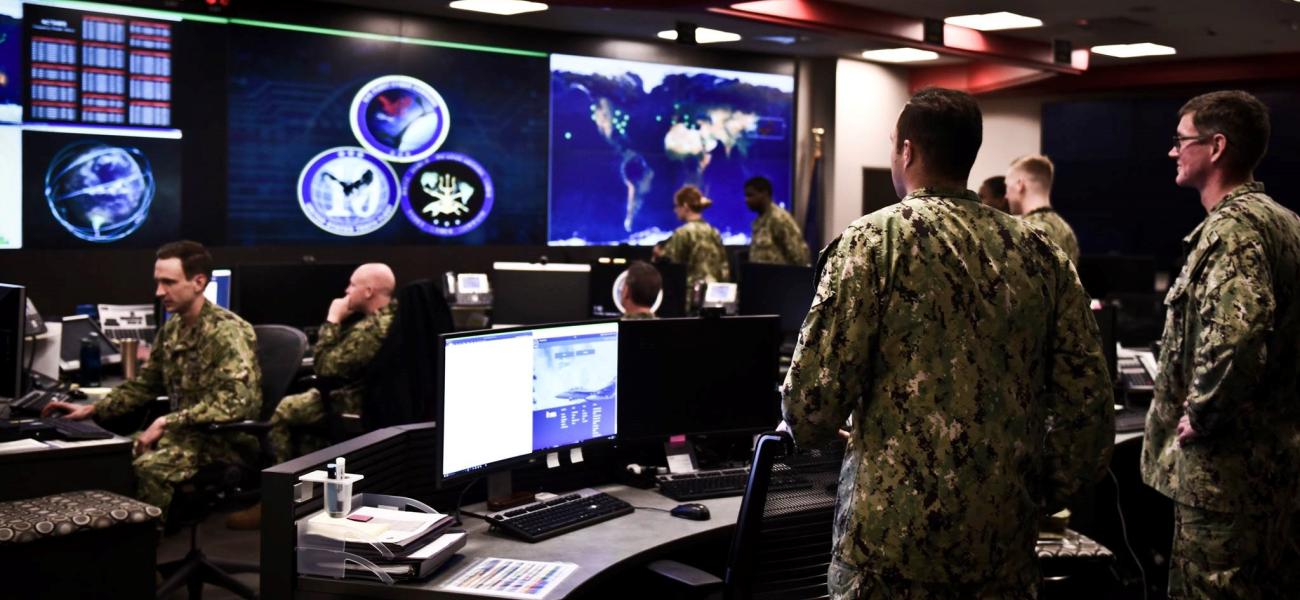BY STEVEN METZ

President Joe Biden’s recent announcement that all U.S. military forces would leave Afghanistan this year drew immediate criticism from a wide range of national security experts and elected officials. Some of this reflected fear of a human rights disaster if the Afghan government is unable to hold out against the Taliban once the American military leaves. But most of the pushback was based on the claim that the U.S. counterinsurgency campaign in Afghanistan is vital for preventing another major terrorist attack on the United States. The pervasiveness of this idea demonstrates that after sixty years of involvement in counterinsurgency, Americans still don’t truly understand it.
The first mistake leading the United States to a quagmire in Afghanistan was linking counterinsurgency and counterterrorism. When the United States became involved in counterinsurgency during the Cold War, it did so to prevent pro-Soviet rebels from seizing power in friendly nations. After the Soviet Union collapsed, the United States lost interest. Following the 9/11 attacks, the United States rediscovered counterinsurgency. This time, however, the objective was preventing transnational terrorists from gaining foreign sanctuary. It was, as former President George W. Bush put it, a way “to defeat them abroad before they attack us at home.” Based on this claim, the United States undertook counterinsurgency support in Iraq, Afghanistan, and, on a smaller scale, in a host of other places in the Islamic world.




/cloudfront-us-east-1.images.arcpublishing.com/mco/WBYYFU6AOZFRTFK4T2NSRKRL2E.jpg)




/cloudfront-us-east-1.images.arcpublishing.com/mco/A6KPIW4QSBE5BHJOWKMCGFA66I.jpg)


